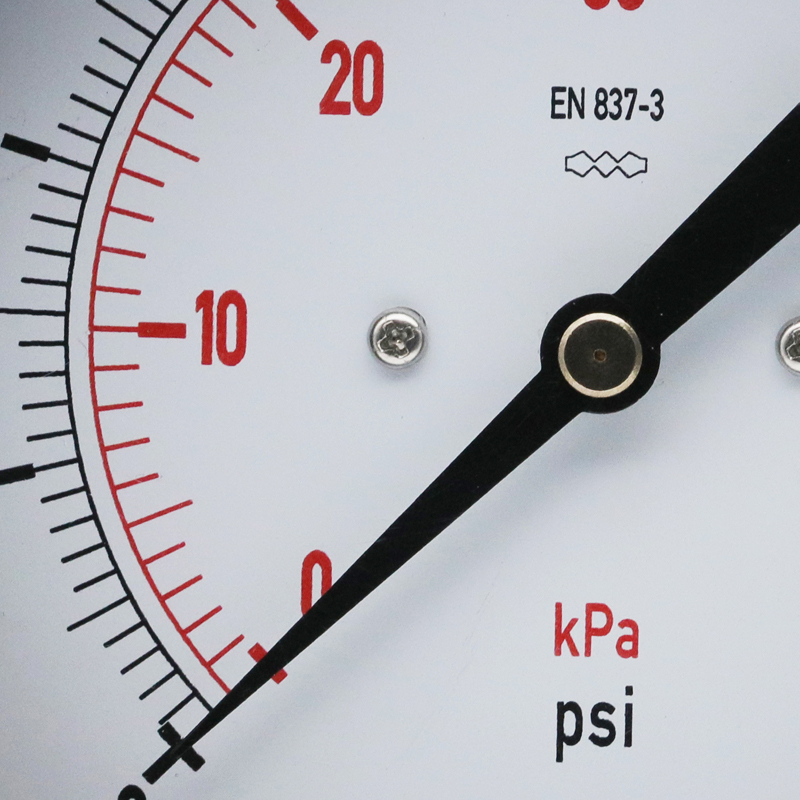
Nov . 11, 2024 14:04 Back to list
capacitance diaphragm pressure gauge products
Understanding Capacitance Diaphragm Pressure Gauge Products
Capacitance diaphragm pressure gauges are among the most reliable and accurate pressure measurement devices used in various industrial applications. Their unique design and operational principles make them suitable for challenging environments, where traditional mechanical gauges may fall short. In this article, we will explore what capacitance diaphragm pressure gauges are, their working principle, benefits, applications, and key considerations when selecting such products.
What is a Capacitance Diaphragm Pressure Gauge?
A capacitance diaphragm pressure gauge is an electronic device that measures pressure by assessing the change in capacitance caused by the deformation of a diaphragm. The diaphragm, which is usually made of a flexible material, reacts to pressure changes by bending or flexing. This movement alters the distance between two conductive plates that form a capacitor, thereby changing its capacitance. By measuring this change in capacitance, the gauge can accurately determine the pressure exerted on the diaphragm.
Working Principle
The working principle of capacitance diaphragm pressure gauges is rooted in the concepts of capacitance and the relationship between pressure and diaphragm deformation. When external pressure is applied to the diaphragm, it flexes. This flexing alters the spacing between the fixed electrode and the diaphragm. As the pressure changes, the capacitance between these two components also changes.
A sophisticated electronic circuit within the gauge detects these changes in capacitance and converts them into a measurable electrical signal. This signal is then processed and displayed as a pressure reading, often in units such as psi, bar, or pascals. The electronics involved can also provide options for output signals such as 4-20 mA or digital communications like Modbus or Profibus, allowing for integration with modern control systems.
Benefits of Capacitance Diaphragm Pressure Gauges
1. High Accuracy and Sensitivity These gauges provide exceptional accuracy, often within ±0.1% of the full scale. This high level of precision is crucial in applications where even minor pressure variations can have significant implications.
2. Wide Range of Measurement Capacitance diaphragm gauges can measure a wide range of pressures, from high vacuum to very high pressure, accommodating various industrial needs.
3. Robustness and Durability Constructed from strong materials, these gauges can withstand hostile environments, including extreme temperatures and corrosive substances. Their design helps prevent damage from overpressure conditions.
4. Minimal Maintenance Since these gauges do not have moving parts, they are less prone to wear and tear compared to mechanical gauges. This leads to lower maintenance costs and longer service intervals.
capacitance diaphragm pressure gauge products

5. Fast Response Time The electronic nature of capacitance gauges allows for quick response times, making them suitable for dynamic processes where pressure changes rapidly.
Applications
Capacitance diaphragm pressure gauges are widely used across different sectors, including
- Oil and Gas For monitoring pressure in pipelines and refining processes, where accuracy is critical. - Chemical Processing To measure pressures in reactors and storage tanks, especially in corrosive environments. - Food and Beverage For ensuring proper pressure levels during the manufacturing process to maintain safety and quality standards. - Pharmaceuticals In applications where strict adherence to standards is necessary, allowing for accurate monitoring and control of pressure within processes. - HVAC Systems To help maintain pressure across heating and cooling systems for enhanced efficiency.
Key Considerations When Selecting a Gauge
1. Pressure Range It is crucial to choose a gauge that meets the specific pressure range required for your application.
2. Material Compatibility Ensure that the materials used in the gauge are compatible with the process fluids or gases to prevent corrosion or contamination.
3. Calibration and Certification Opt for products that are calibrated and certified, ensuring compliance with industry standards.
4. Output Options Consider the necessary output type and communication options for integration with existing control systems.
5. Environmental Factors Assess the environmental conditions, including temperature, humidity, and the potential for vibration or shock.
Conclusion
Capacitance diaphragm pressure gauges are essential devices in precise pressure measurement across various industries. Their accuracy, durability, and minimal maintenance requirements make them ideal for applications where reliability is paramount. By understanding their working principles, benefits, and suitable applications, industries can make informed decisions when selecting the right pressure measurement solutions for their needs.
-
High-Precision Mass Diaphragm Pressure Gauge - Reliable & Durable Solutions
NewsJun.10,2025
-
Explain Diaphragm Pressure Gauge Expert Guide, Top Manufacturers & Quotes
NewsJun.10,2025
-
Affordable Differential Pressure Gauge Prices in China Top Manufacturers
NewsJun.10,2025
-
Reliable Water Fire Extinguisher Pressure Gauges for Safety
NewsJun.10,2025
-
Durable Diaphragm Protection Pressure Gauges Get Quote
NewsJun.09,2025
-
WIKA Differential Pressure Gauge with Switch Reliable Monitoring & Control
NewsJun.09,2025
